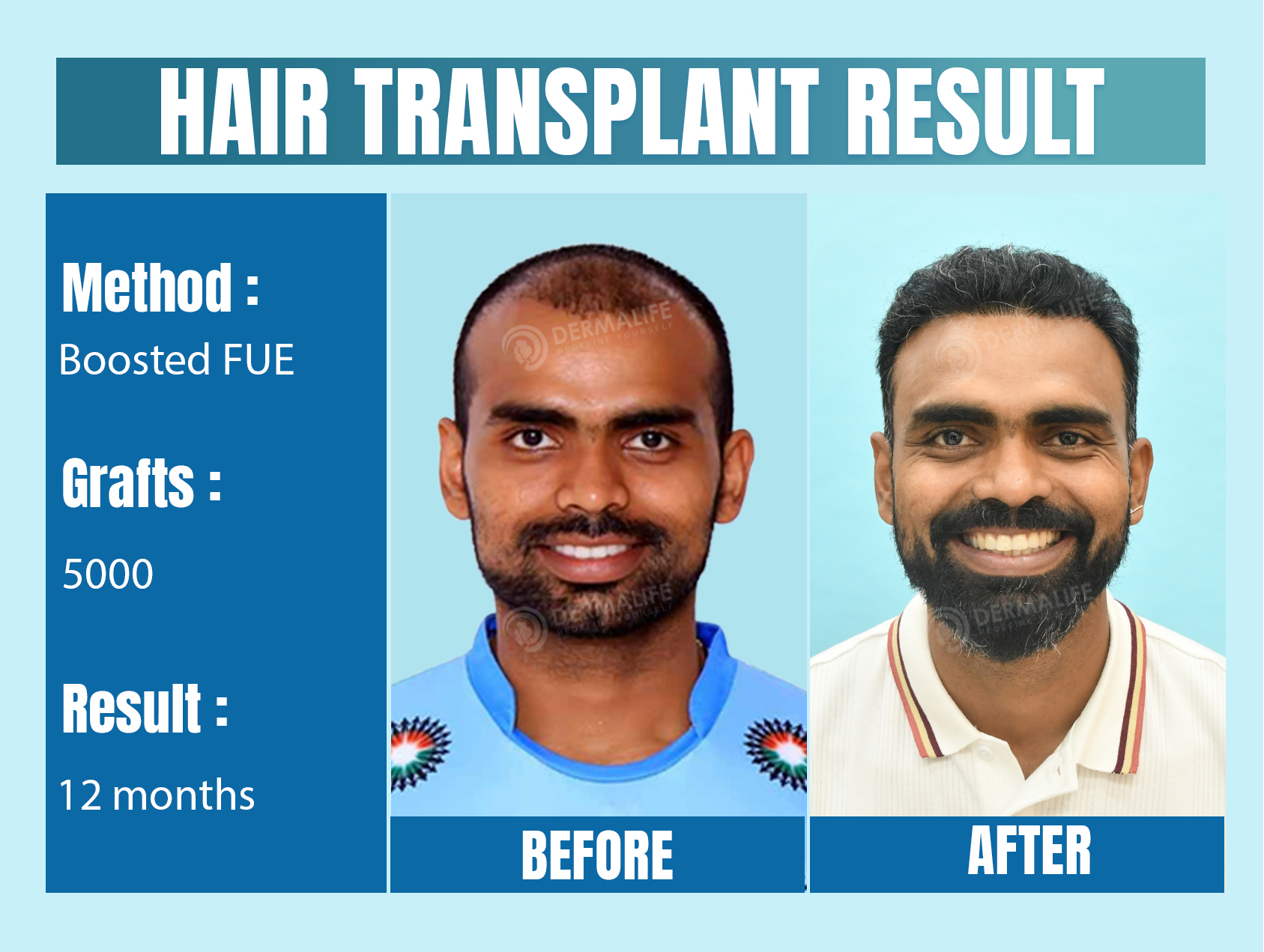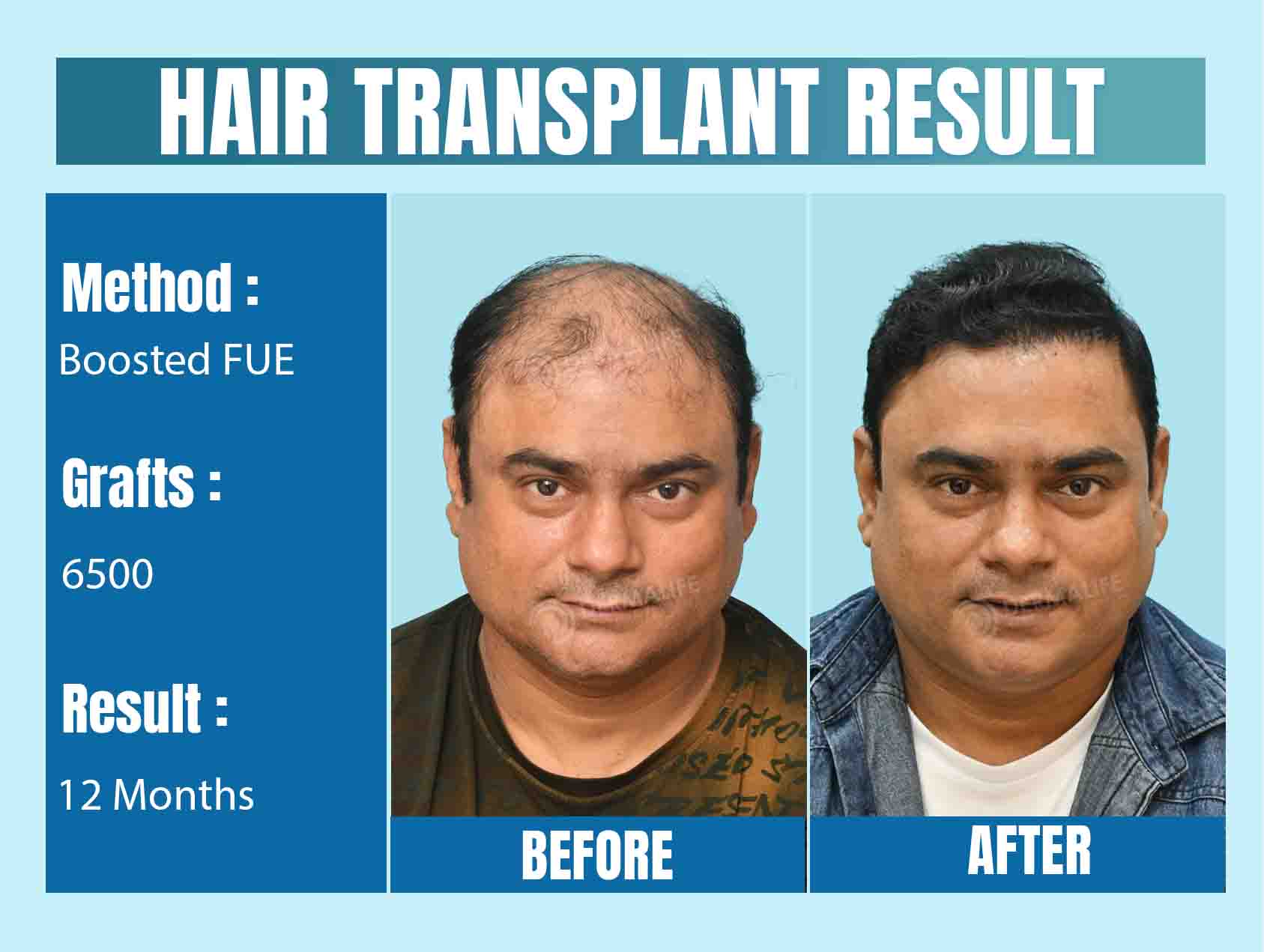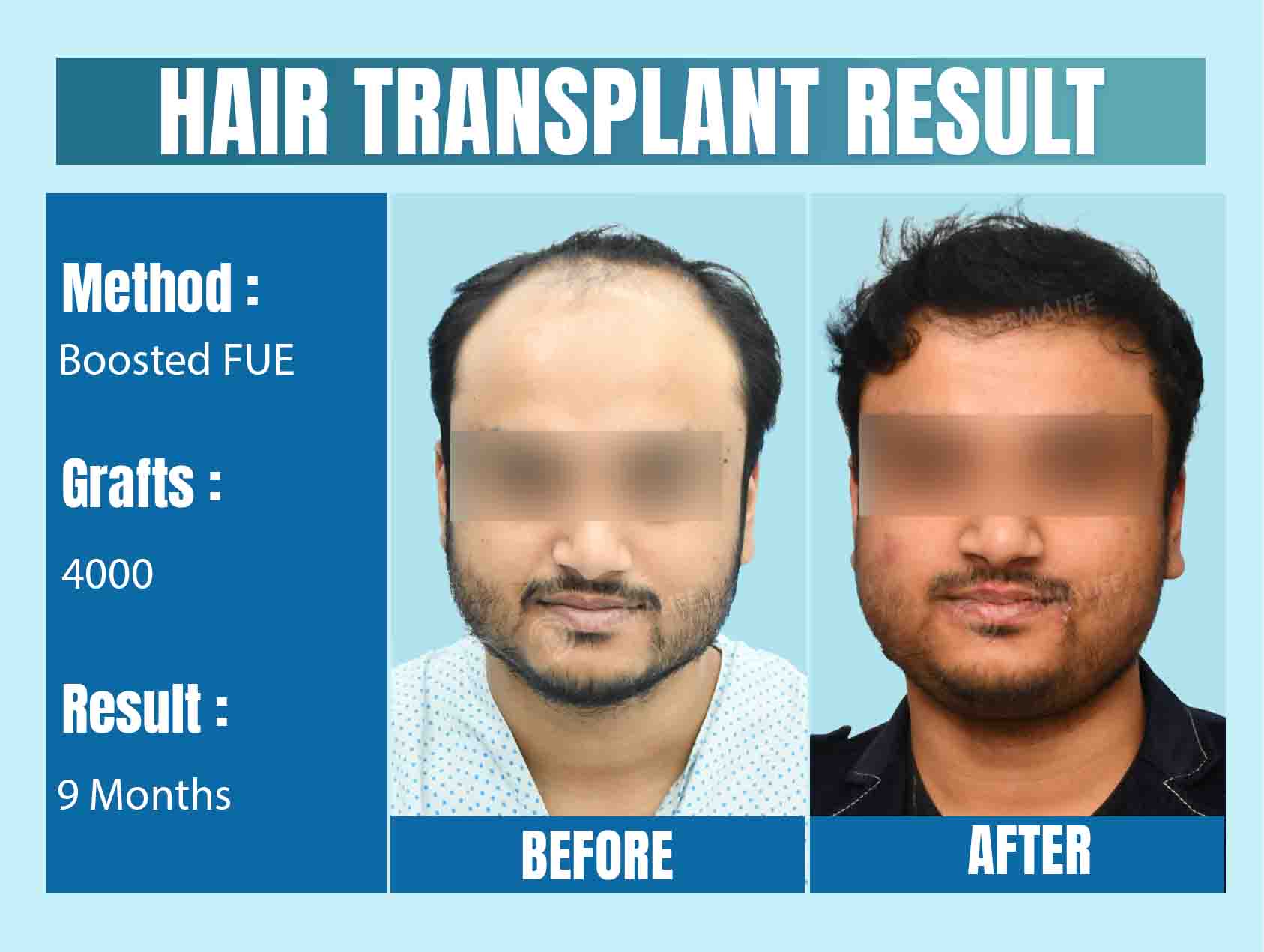


Like good health and skin, we also need our hair to look and feel good. With the changing times, increasing pollution, adverse environmental conditions, and our lifestyle choices, our hair is undergoing a lot of changes too. Most of us these days face problems related to our hair, such as hair loss, dandruff, and thinning of hair, among other issues.
For a lot of people, a hair transplant is what could help bring back their hair, or at the very least, give them the look of a fuller head of hair. A hair transplant in Delhi is a surgery that uses the hair you already have to fill an area of your head where you experience the thinning or loss of hair.
Primarily used to treat male pattern baldness, a hair transplant can also be used in the treatment of female pattern baldness, or for hair loss due to accidents, trauma, burns, surgery, etc.
Anyone between the ages of 21 to 80 years of age can go for a hair transplant. However, the ideal age to get a hair transplant is between 25 to 65 years of age. A hair transplant takes into consideration quite a lot of factors, from your age to your overall health, scalp condition, hair texture, density, and more. However, there are a few questions that you need to ask yourself before thinking of getting a transplant. These are:
You have been diagnosed with androgenic alopecia or another hair condition that is consistent with a hair transplant
Assessment of the baldness area is a preoperative step when going for a hair transplant. Since this is mostly done for male pattern baldness, the candidate should have some noticeable and significant hair loss on the front, with healthy hair growth at the back and sides of the head.
The donor area is the part of the head from where hair follicles are taken for the transplant. Various factors and criteria affect the quality of the donor area in a hair transplant. Therefore, an assessment is done before the surgery begins, where the following aspects are evaluated:
This assessment helps to figure out the availability of the number of donor grafts. For example, for a:
In the best hair transplant in Delhi, a graft is a piece of tissue that is obtained either by using an individual hair extraction technique called FUE or Follicular Unit Excision, or by dissecting a strip from the donor area by FUT. In other words, a graft is a piece of tissue that contains hair follicles.
Every individual piece that is dissected is a graft, which can have anywhere between one to three hair follicles in it. Therefore, technically, a follicular unit is a graft. However, not every graft is necessarily a follicular unit.
A follicle, on the other hand, is a single hair from a graft or follicular unit. It is a single hair that grows from a follicular unit, which can produce as many as one to four follicles.
While it is very common to experience a little pain and discomfort during a hair transplant, local anesthesia is administered to every candidate to alleviate any discomfort during the procedure. By doing so, while your scalp will be insensitive to any pain, you may be aware of some pressure, tugging, or stinging sensation. The most commonly used local anesthesia for a hair transplant is an injection with a mixture of Epinephrine and Lidocaine.
In a hair transplant, follicular units or grafts that have been extracted from the donor area are placed in a liquid solution that protects them from drying out. This solution, also known as a Holding Solution, helps to maintain their viability for the transplant and also ensures maximum growth.
The holding solution consists of particular vitamins and nutrients that help to preserve the grafts while the transplant procedure is being initiated. HypoThermosol, used in conjunction with ATP (Adenosine Triphosphate), is the most common holding solution for a hair transplant.
Before undergoing the hair transplant, the doctor will ask you to take care of a few things. These include:
Additionally, it would be best if you were calm and unstressed before the transplant.
After the surgery, you may experience tenderness in your scalp, which is natural. Additionally, you might also require some pain medications for the next few days, which include an antibiotic or anti-inflammatory medicine. While you may have to wear bandages over your scalp for a day or two, you are more likely to be able to return to work around 2 to 5 days after the transplant.
The actual results of the hair transplant will take anywhere between 9 to 12 months to show. Soon after the transplant, you may see hair growing very nicely for 10 to 20 days. [5] After that, around half of these hairs will fall out. However, this will only be the outer portion of the hair, since the roots will remain inside your scalp.
Ninety days after your transplant, only a few percent of the transplanted hairs will be growing, thereby showing only a fraction of the desired density. This will continue for the next nine months or more. Then, by the fourth month, more roots will start to grow, with the appearance of new hairs. Continuing with this, the complete growth of new hair will most likely start by the sixth month after your transplant. Therefore, one year after your transplant, you will have all your hair back.
Book Free Consultation with Dr. Gaurav Garg